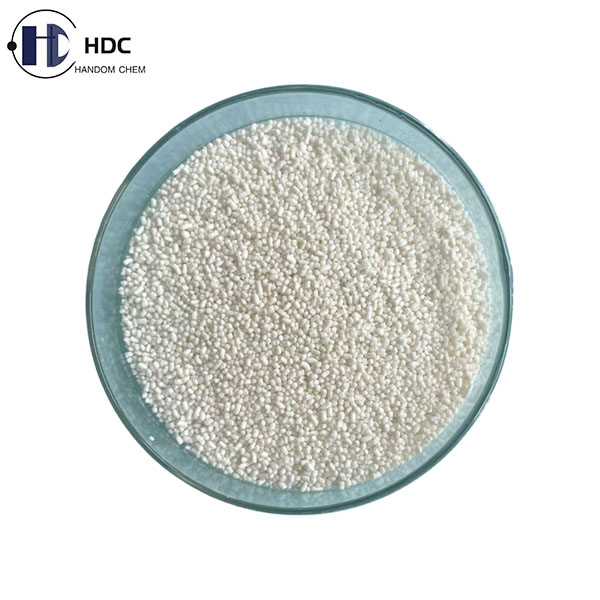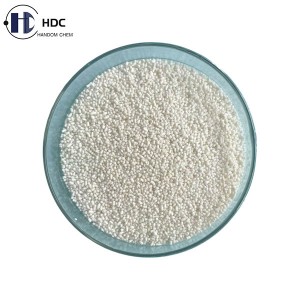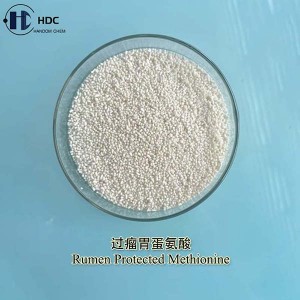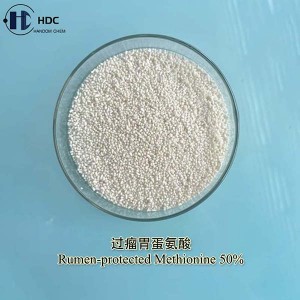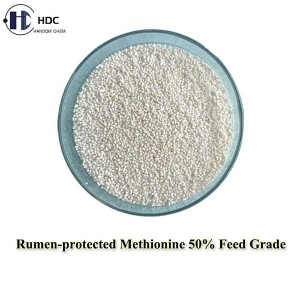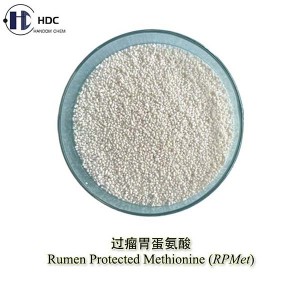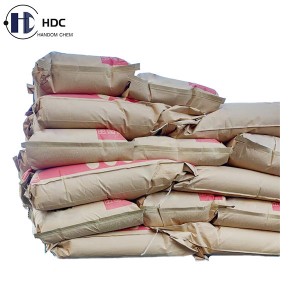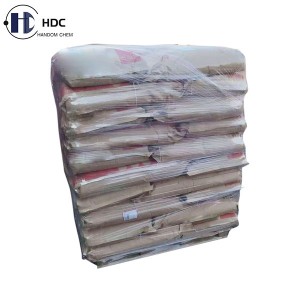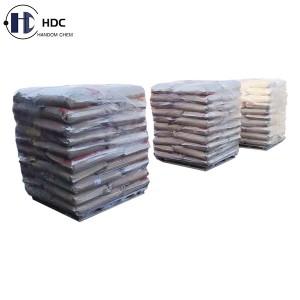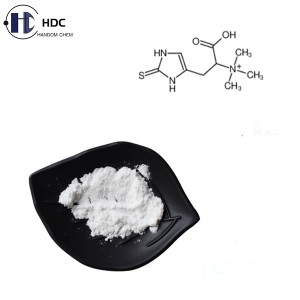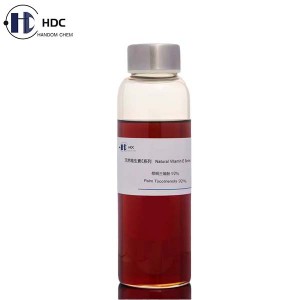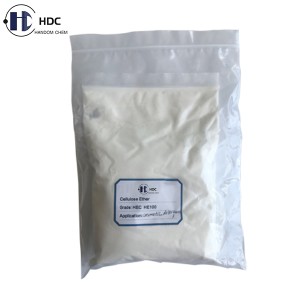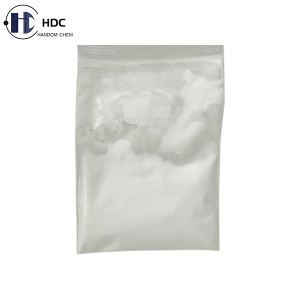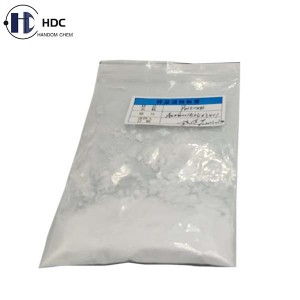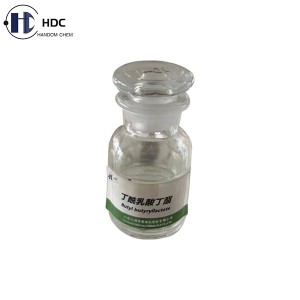Rumen-protected Methionine
Brief Introduction:
Rumen-protected Methionine, also known as Fat-coated Methionine or Rumen-protected Methionine-coated Microcapsules, is a special methionine supplement designed for ruminants. This product can prevent the effective ingredients from being decomposed in the rumen, allowing methionine to reach the abomasum and intestines to be digested and absorbed, greatly improving the utilization rate of methionine, thereby achieving the purpose of improving the production performance and health of animals, such as increasing milk production, improving milk composition, and promoting growth.
Background and Principle:
☝ Digestive Characteristics of Ruminants:
There are a large number of microorganisms in the rumen of ruminants (such as cattle and sheep), which are responsible for decomposing complex substances such as cellulose in feed, but this process will also degrade some nutrients (such as amino acids), resulting in them being unable to be directly absorbed by the host.
☝ The Importance of Methionine:
Methionine is one of the essential amino acids, involved in protein synthesis, has antioxidant function (as a precursor of glutathione), and can improve the immunity of animal bodies. If it is decomposed by microorganisms in the rumen, its utilization rate will be significantly reduced.
Rumen-protected Technology:
Protect methionine through physical or chemical treatment to keep it stable in the rumen, and release it in the subsequent digestive tract (abomasum, small intestine), and then be absorbed by the organism:
♔ Encapsulation Technology: Use fat, fatty acid salts or polymers (such as ethyl cellulose) to encapsulate methionine to resist the acidic environment and microbial effects of the rumen.
♔ Chemical Modification: Convert methionine into derivatives (such as methionine hydroxy analogue, MHA), which are enzymatically hydrolyzed in the intestine to release the active ingredients.
Specifications of our Rumen-protected Methionine 50%:
| Test Items | Specifications |
| Appearance | White to off-white granules with good fluidity |
| DL-Methionine Content | Not less than 50% |
| Carrier | Palm Oil |
| Loss on Drying | Not more than 6.0% |
| Particle Size | 100% pass through 10 mesh sieve |
Core Advantages of our Rumen-protected Methionine:
1) Improve Utilization:
Avoid degradation by the rumen and increase absorption in the small intestine.
2) Precise Nutritional Regulation:
Meet the high demand for methionine of high-yielding ruminants (such as lactating cows), improve milk protein content and milk production.
3) Health Benefits:
Enhance antioxidant capacity and reduce the risk of metabolic diseases (such as ketosis).
Application Scenarios of our Rumen-protected DL-Methionine:
◎ Dairy Farming:
Improve milk production and milk quality (milk protein rate, milk fat rate).
◎ Fattening of Beef Cattle/Mutton Sheep:
Promote muscle growth and improve feed conversion efficiency.
◎ Perinatal Management:
Alleviate negative energy balance and support immunity and reproductive performance.
Rumen Passage Rate of Methionine (%) (n=6)
| Rumen Treatment Time (h) | Rumen Passage Rate (%) |
| 3 | 91.96 ± 4.22 |
| 6 | 74.12 ± 3.61 |
| 12 | 68.84 ± 3.28 |
| 24 | 62.52 ± 1.07 |
| 30 | 61.20 ± 1.16 |
Determination of Digestibility of Rumen-protected Methionine in Simulated Ruminant Stomach by Nylon Bag Technique:
Put 0.4g rumen-protected methionine into insitu nylon bag and seal, proceed rumen treatment for 3 hours, and then proceed pepsinate treatment with gastric juice at 39℃ for 3 hours (this is a simulation process of rumen-protected methionine passing through the rumen and abomasum), put into anterior duodenal fistula, and to measure the residual methionine content and the degradation rate in small intestine.
| The Treatment Time in Small Intestine (h) | The Degradation Rate in Small Intestine (%) |
| 3 | 52.75 ± 4.65 |
| 6 | 64.73 ± 3.02 |
| 12 | 72.68 ± 2.16 |
| 24 | 92.02 ± 2.32 |
| 30 | 96.32 ± 1.51 |
The biggest degradation rate of methionine in small intestine after 30 hours could be higher than 96%, and this shows that the methionine was not overprotected by coating material, but well degradated and absorbed in small intestine.
※ Notes:
※ Cost-benefit Balance:
Rumen-protected amino acids are expensive, and economic returns (such as increased production benefits) need to be evaluated.
※ Dietary Ratio Optimization:
It is necessary to combine other rumen-protected nutrients (such as lysine) and energy sources to avoid amino acid imbalance.
※ Quality Control:
Choose products that have been verified in vitro/in vivo to ensure rumen bypass rate (usually required to be >60%) and intestinal release efficiency.
Research Support:
Several studies have shown that the rational addition of Rumen-protected Methionine can achieve the following effects:
★ Increase the daily milk production of dairy cows by 1kg~3kg and increase the milk protein content by 0.1%~0.3%.
★ Improve the daily weight gain and carcass quality of beef cattle.
Packaging:
25kg per kraft paper bag, 1000kg packed on one pallet.
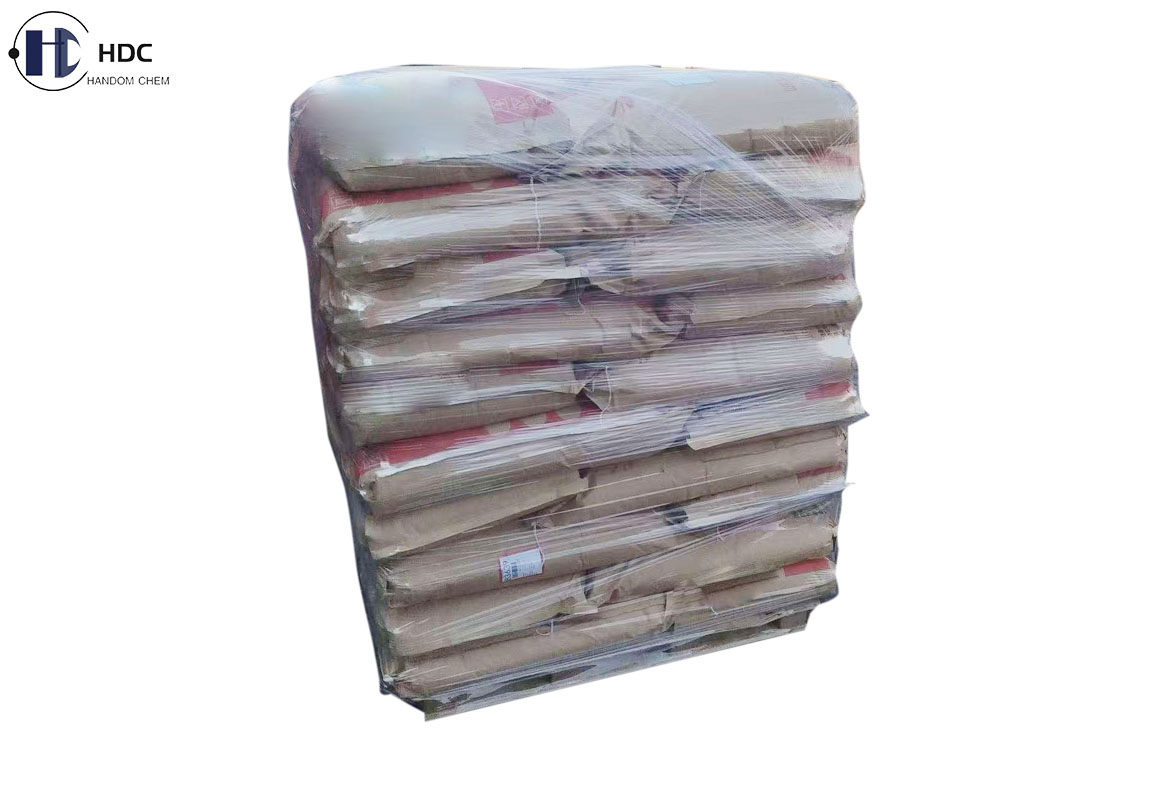
Storage Conditions:
Stored in airtight containers in a cool dry place before using; kept away from direct sunlight, heat and moisture.
Shelf Life:
12 months from the date of manufacturing when stored under the above conditions.


